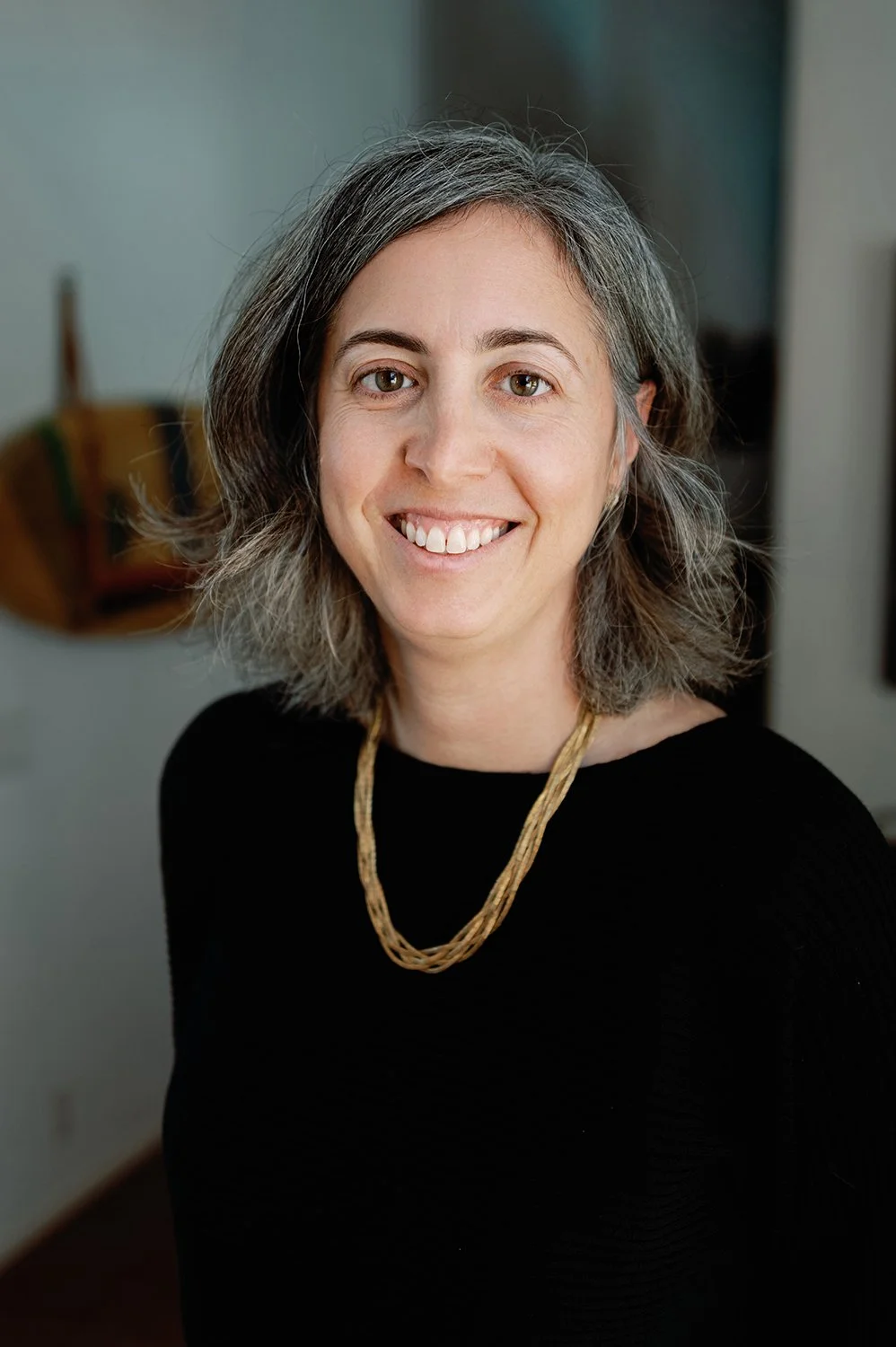Hi, I’m Emily
Being a therapist is meaningful to me in the ways that I am able to connect with and support other amazing people. You guys really are amazing! I became a counselor after giving birth to and staying home with my identical twin daughters. I learned so much about being a parent, and it made me want to reach out and connect with others on deeply universal experiences on the journey of parenthood - sadness, anger, struggle and joy.
Before arriving here, I was a social worker for 10 years gathering valuable experience in public schools, non profit organizations and state agencies. In other words, I know what it feels like to work with complex families facing big problems in a high paced environment, and also what it is like to work a desk job.
These days, life is dominated by work and my family. I grew up in Texas but have an adventurous heart and love to travel and try new things as often as I can.
My Style:
When you are with me, I will use different therapeutic techniques to help you reach your goals. You may have heard of these, such as mindfulness, cognitive behavioral therapy and motivational interviewing. I also utilize a new and upcoming intervention called the NeuroAffective Relational Model®, also known as NARM®. NARM® offers a framework for post-traumatic growth by supporting increased resiliency, greater health outcomes, healthier relationships, personal growth and social change. For more detail on what NARM is, click here.
The Big Picture:
While the therapeutic methods used are important, the most widely researched factor that contributes to successful psychotherapy is not actually the therapist or their style. It is the quality of the therapeutic alliance. The therapeutic alliance is the relationship between a client and their therapist, and a good one is when the client and therapist have trust and safety in their relationship.
Trust and safety are built over time by the client and the therapist throughout their work together. Here is what to look for in a trusting and safe therapeutic relationship:
• An agreement of the therapeutic goals by both the therapist and the client
• Mutual engagement in the process
• Mutual respect for one another
• The freedom to share negative emotional responses and repair after a conflict or difficulty
In other words, both parties need to know the “why”, both parties have to do the work, and both parties can express their feelings and resolve harm or conflict that occurred in session. In any relationship, there will be conflicts or difficulties, also called ruptures. What is important is the repair. This can be so important because often you can address old wounds through this experience.
Book an appointment with me and notice how you feel. Notice if I can hold space for you and if you feel like we could repair if a conflict were to arise. After a few appointments, if you don’t feel like we will have a good working relationship, we will terminate and I will refer you to another therapist.
I would love to meet you!
Set up a free consultation to ask questions and get to know how it feels to work with me.

